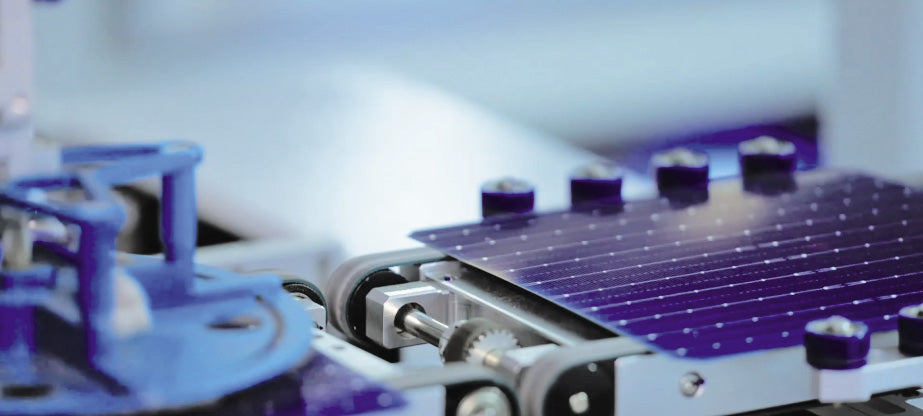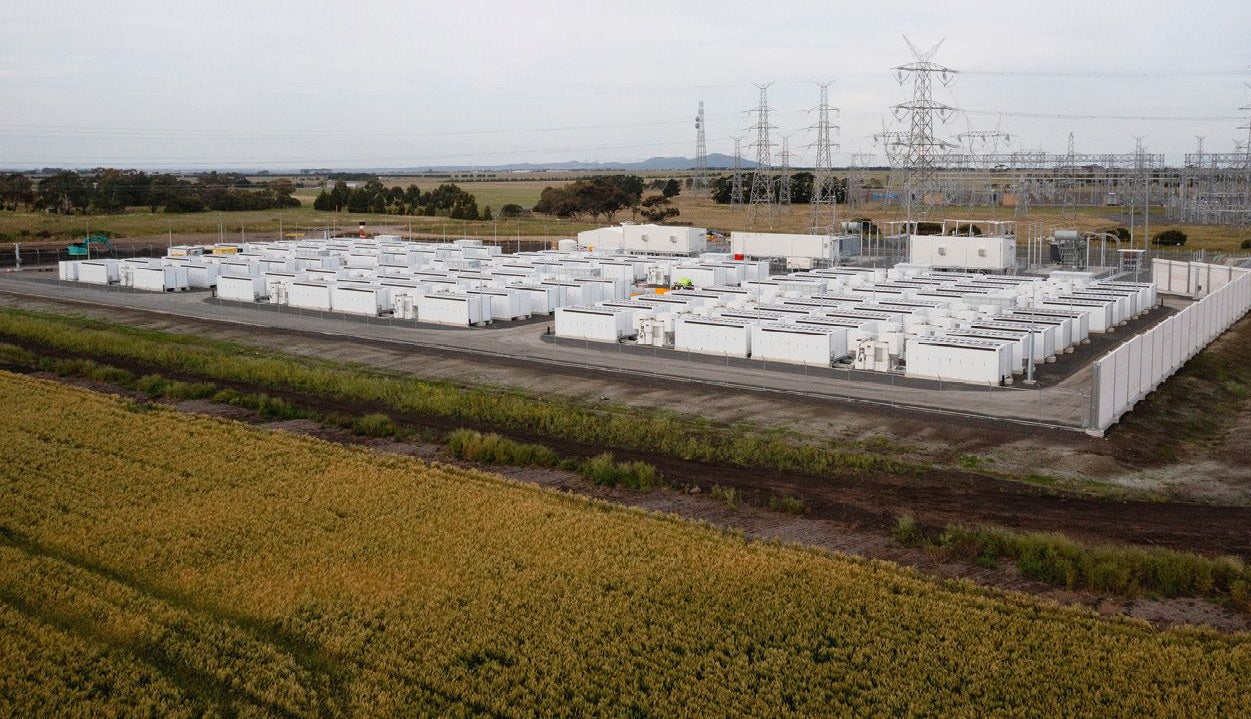https://solarquarter.com/2023/02/17/physicists-overcome-durability-hurdle-for-perovskite-solar-cells/
Physicists Overcome Durability Hurdle for Perovskite Solar Cells

Reading Time: 3 minutes
A team of researchers led by The University of Toledo has solved the durability issue of perovskite solar cells, a breakthrough that could bring the technology closer to powering solar panels in the consumer market. Perovskite solar cells have the potential to replace silicon and lower the cost of solar electricity due to their high power conversion efficiencies and low manufacturing cost. However, the technology needs to survive for decades outdoors in all kinds of weather and temperatures without corroding or breaking down, which has been a roadblock to deploying the potential of perovskite solar cells.
The team, which also included researchers from the University of Washington, University of Toronto, Northwestern University, and Swiss Federal Laboratories for Materials Science and Technology, discovered the ingredient that enhances adhesion and mechanical toughness. By treating perovskite solar cells with 1,3-bis(diphenylphosphino)propane (DPPP), a diphosphine Lewis base molecule, the researchers experimentally demonstrated that perovskite solar cells retained a high power conversion efficiency and exhibited superior durability after continuous operation under simulated and outdoor conditions.
“Phosphine-containing Lewis base molecules with two electron-donating atoms have a strong binding with the perovskite surface,” said Dr. Yanfa Yan, UToledo Distinguished University Professor of physics and a member of the UToledo Wright Center for Photovoltaics Innovation and Commercialization. “We saw the robust beneficial effects on perovskite film quality and device performance when we treated the perovskite solar cells with DPPP.”
In addition to its effectiveness, DPPP is also a commercialized product with low cost and easy accessibility, making it suitable for the commercialization of perovskite solar cells.
The team’s next step is to employ their findings to make perovskite panels stable, with a focus on large area perovskite solar panels and moving the prototype device forward to commercialization. Dr. Chongwen Li, the first author of the study and a UToledo alumnus, worked with Yan as a graduate student and is now a postdoctoral researcher at the University of Toronto.
“Continuing to exploit the potentiality in the stability of perovskite solar cells is a crucial priority for the ongoing decarbonization of the world’s economy,” Li said. “After the successful demonstration of DPPP on improving the stability of perovskite solar cells, we are further applying it to large area perovskite solar panels and moving the prototype device forward to commercialization.”
The breakthrough is the latest in UToledo’s more than 30 years of solar energy research and development. The university’s team identified the ideal properties of perovskites, compound materials with a special crystal structure formed through chemistry, a decade ago and started to focus their efforts on bringing together two different solar cells to increase the total electrical power generated by using two different parts of the sun’s spectrum.
In November 2022, a team of scientists from UToledo, the University of Toronto, and Northwestern University collaborated to create an all-perovskite tandem solar cell with record-setting voltage, which was published in the journal Nature.
The breakthrough in durability for perovskite solar cells could have significant implications for the commercialization of solar energy, making it a potential replacement for silicon and lowering the cost of solar electricity.






